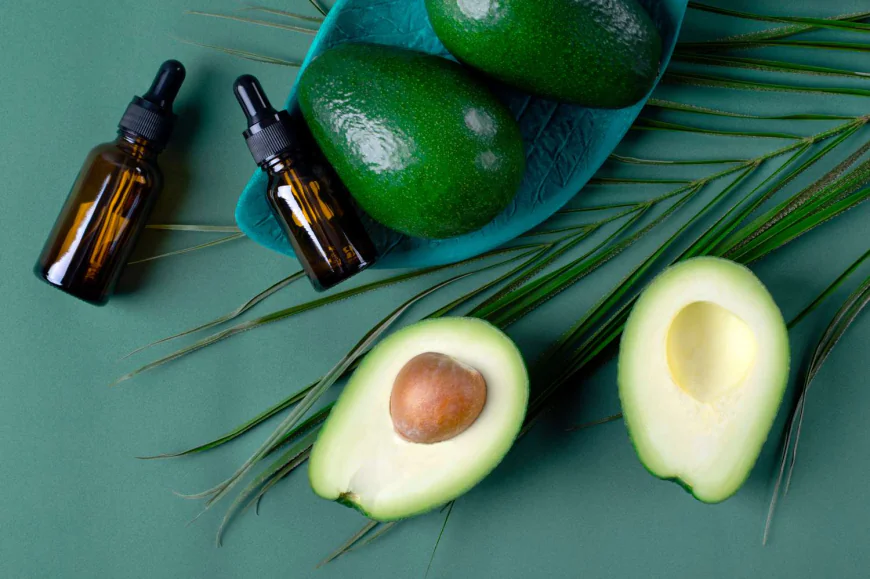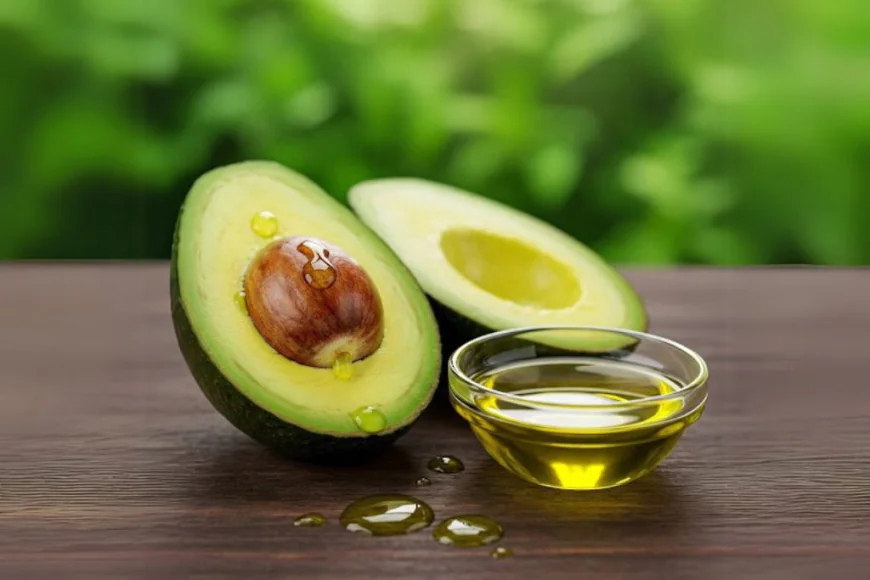How to Make Avocado Oil at Home : 2025 DIY Guide for Cooking & Skincare
The rich combination of monounsaturated fats and vitamin E in avocado oil makes it highly valued. Because of this, it's great for skincare and cooking. While store-bought avocados are refined using expert presses and centrifuges, do-it-yourself techniques allow you to reuse overripe avocados, control quality, and stay away from additives.

The rich combination of monounsaturated fats and vitamin E in avocado oil makes it highly valued. Because of this, it's great for skincare and cooking. While store-bought avocados are refined using expert presses and centrifuges, do-it-yourself techniques allow you to reuse overripe avocados, control quality, and stay away from additives.
Producing avocado oil at home is easier than it seems and produces a crisp, wholesome product ideal for cooking or skincare.
You might also like: Homemade Pizza Recipe: Easy Step-by-Step Guide to Make Perfect Pizza
Preparing the Avocados
To begin, select ripe avocados that are slightly soft to the touch. Open them up, remove the pits and skins, and scoop out the flesh. Use a fork or blender to puree the flesh into a smooth paste—not only does this make it easier to extract, but you'll also be able to extract the maximum oil from each avocado.

Drying the Avocado Paste
After your paste is ready, apply it thinly to parchment paper-covered trays. Dry the mash low temperature-wise—ideally your oven's lowest setting or a food dehydrator—until moisture has evaporated and the paste is light brown. Drying is important in the sense that it releases the oil from the pulp. Under warm weather conditions, leaving the trays in direct sun with a cover on might also be an option, though it is slower.
Extracting the Oil
Once the paste is entirely dry, gently squeeze it within cheesecloth, muslin, or even a clean kitchen towel. Hand-squeeze, or for additional pressure use a potato ricer. Press steadily and slowly in order to press out the greenish oil into a clean bowl. To get a clearer, purer oil, strain the liquid pressed out through a coffee or fine mesh filter in order to eliminate any remaining solids.
Storing Your Avocado Oil
Next, put the filtered oil in a dark glass bottle and seal it tightly. Keep it refrigerated or in a cool, dark place to maintain freshness. Homemade avocado oil typically lasts about two to three months. Although it does not pass through industrial refining, so it may carry fine pulp particles and a relatively shorter shelf life, it retains its rich qualities, monounsaturated fats, vitamin E, and antioxidants, for cooking purposes with a high smoke point and gentle enough to be used in skincare.

How to Use Homemade Avocado Oil
When using your homemade oil, you’ll find it excellent for sautéing, frying, or grilling thanks to its relatively high heat tolerance. It also shines when drizzled over salads or blended into dressings, offering a rich, fruity flavor. Additionally, it doubles beautifully as a moisturizer, makeup remover, hair mask, or cuticle treatment, lending your skin and hair a healthy glow.
How Much Water Should You Drink in a Day? Here’s What Your Body Really Needs
Conclusion
Home production of avocado oil is a matter of a straightforward four-step process: selection of ripe avocados, preparation of the paste, low-heat dehydration, oil pressing, filtration, and storage. The payback is a natural, additive-free oil that's handy in the kitchen and on the beauty shelf. Though this homemade version won't top commercial refined versions in purity or longevity, it fully compensates in authenticity, quality, and natural goodness.


